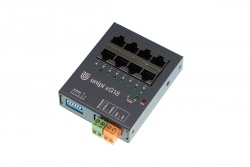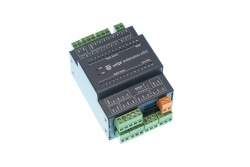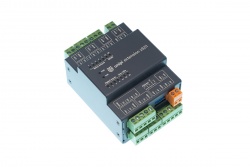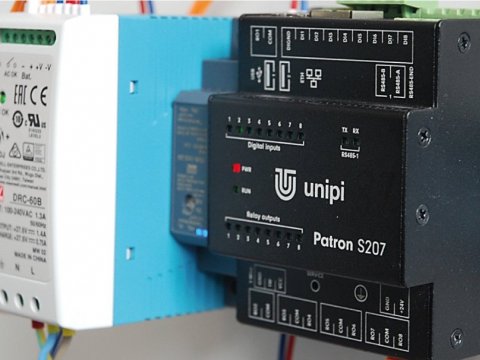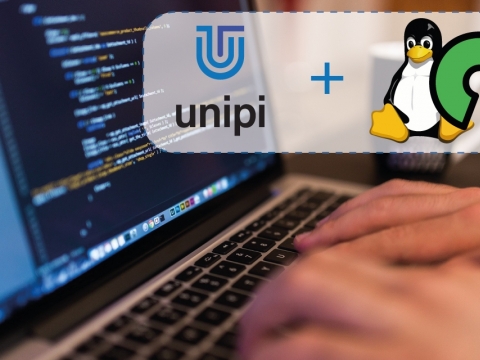
Blog
Did you know that you can have firmware and hardware tailored exactly to your project as part of custom development? Find out how such a solution looks like step by step on a practical example from the light industry.
Firmware (i.e., software that works inside the hardware) is a key part of our products. We are constantly adding new features or fixing bugs, meaning that the firmware is continually updated. The standard firmware for Unipi products is part of all our OS images and is also freely available.
As part of custom development, you will get your own units that are precisely tailored to your project, whether it is the customization of inputs and outputs, communication protocols or wireless technology. Those modifications usually require the adjustment of firmware to fit the changes.
Practical example
Our long-term customer reached out to us with the possibility of a new and innovative project in the light industry, which would probably require not only hardware-adapted Unipi Extension modules but also a modification of the standard firmware. Because we always want to provide our customers with the most efficient and cost-effective solution, the first step was to decide whether custom development was really necessary for a given project.
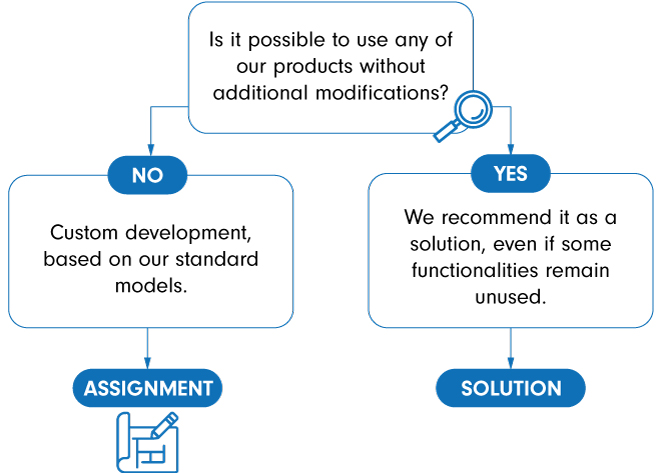
For our customer, there was no already-made solution on the market that would be affordable or include the possibility of modifying both hardware and firmware. At the same time, it was not possible to use the hardware of our existing units without additional modifications. The customer then chose a custom solution and decided to work out an assignment with us, which would include the modification of not only the hardware but also the firmware, exactly according to the needs of the project.
1. Assignment
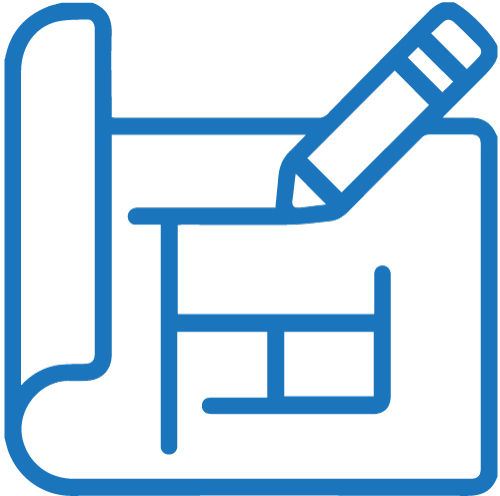
We need an exact assignment before we start developing custom units. In particular, containing information on what the customer expects from the new units. Accordingly, we create an offer that includes our estimated time frame, how long the entire custom development will take, and a preliminary budget. Because we have a lot of experience with development and we carefully discuss the issue with our developers, this estimate is usually very accurate.
In this step, our developers will be happy to advise you about which part of the hardware is more suitable for the application, or which components are not recommended due to their market shortage, reliability, etc. We select components with regard to the requirements of the application, durability, availability, price, quality of suppliers, and many other aspects. We also consider other expansions of the unit's functionality in the future, which can be implemented just by modifying and updating the firmware.
2. Engineering sample
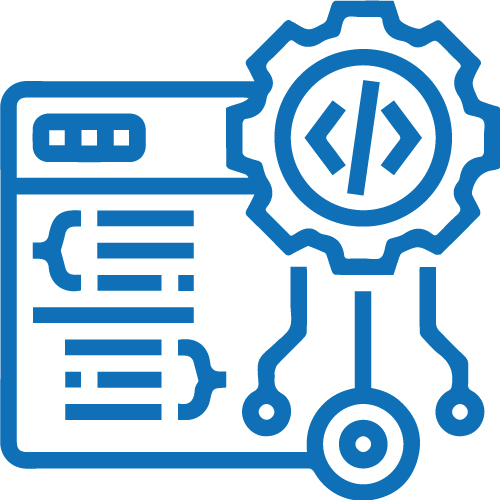
After the final assignment is confirmed by the customer, our developers start working on the so-called engineering sample. It is represented by hardware with all required components. In this case, it was a modification and addition of inputs and outputs to the existing product from the Unipi Extension line. At that time, because we already know which hardware parts to work with, we also start working on the firmware.
3. Tuning functional sample

The functional sample usually differs visually from the final product - it does not have the color of the chassis or terminal block of your choice, nor do the screws necessarily correspond to your ideas. However, it has a much more important task - to tune the hardware and firmware to fully meet your requirements.
Based on the assignment of this project, we knew that Extension would have connected a wide range of devices, and we adapted the firmware accordingly. However, the actual functionality test could only be performed by the customer who owns the devices themselves. Therefore, in this case, we also added software for a firmware update to the functional sample.
After receiving a functional sample, the customer decided to expand the firmware functionality. Because we can react flexibly to changes in the assignment, we made additional adjustments in a short period of time and updated the firmware again.
The firmware, like the custom operating system image, has a default structure that we adjust exactly to what the customer needs, as determined by a functional sample. For example, the customer concludes that the auto-calibration feature in the firmware is not needed, but instead, a smooth power transition would be preferred. Our developers modify the source code, generate new firmware, and then update it in a functional sample, which is then retested by the customer.
4. Prototype

As soon as the customer was satisfied with the functional sample, and together with our developers fine-tuned the hardware and firmware according to the needs of his specific devices at the project site, we started producing the so-called prototype. The prototype is used to specify all the additional details such as the color of the terminal block, the chassis of the units themselves, or even the engraved logo. The prototype works exactly like your future units and also looks like them. At this point, the firmware is also fixed in the final version.
5. Serial production
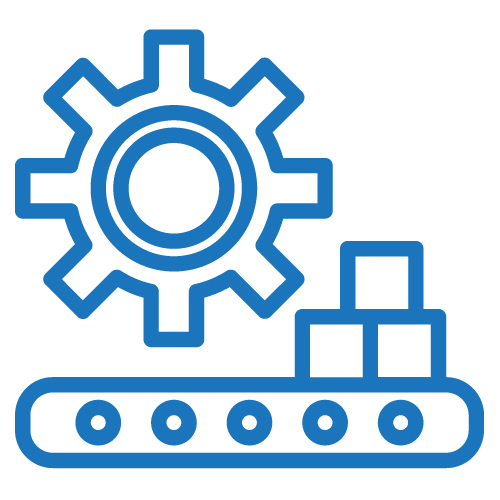
The tested prototype, which corresponds exactly to your assignment, now works as a model for the serial production of your units. At this point, we will also consult with you on the frequency and volumes of your unit purchases. Furthermore, we will also discuss the order plan and storage of key components. This is an especially important part because some parts ordered from external suppliers may have exceptionally long delivery times and it is, therefore, necessary to order them in advance to the warehouse to eliminate problems with unavailability or shortage.
Part of the serial production is also the final testing of each manufactured unit. We offer two options: manual and automatic testing.
Manual testing means that our technicians manually test the functionality of each piece produced. It is more suitable for smaller series, while automatic testing is recommended for larger series. Automatic testing usually requires more expensive development of a single-purpose testing tools, which in turn balances higher speed and reliability in the testing itself, thus saving time and reducing the possible error rate.
In this case, the customer decided to get 20 Unipi Extension custom units as soon as possible and another 180 over the upcoming year. The firmware modification allowed him to:
- Save development time and costs by using parts of existing hardware and firmware
- Create effective tailor-made solutions
- Simplify and speed up the whole application by implementing specific features into the core firmware instead of laborious implementation in the upper control system
Further details on the custom solution of your projects, including the inquiry form, can be found in the custom development section.
You can also read about specific solutions within custom development in these posts:
- How and why to have your own operating system image uploaded to the units within Custom Development
- We now offer the possibility to certify Customized Products
